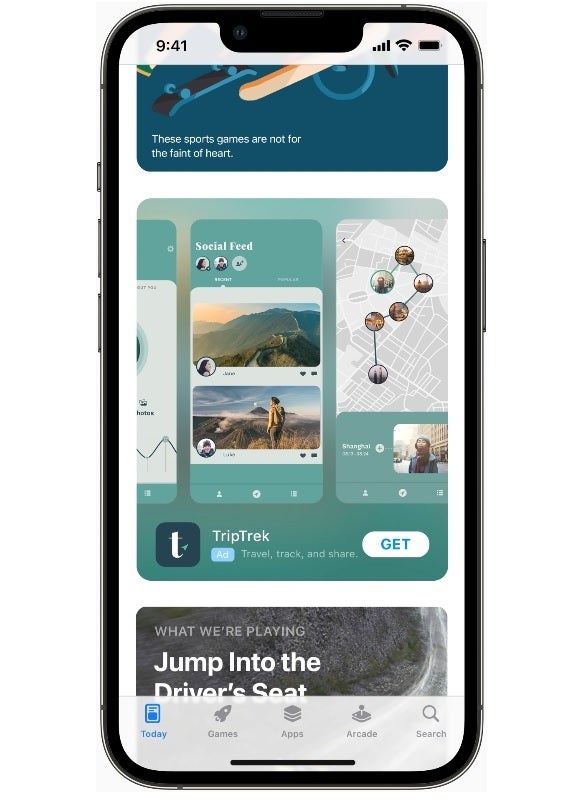Starting this coming Tuesday, you can expect to see more ads in the Apple App Store
Starting this coming Tuesday, October 25th, Apple will be adding ads related to apps in the App Store’s Today tab. These ads also will surface in the section titled “You Might Also Like” which shows a list of a couple of apps that Apple recommends based on the app that you are thinking of installing now. These ads will have a blue background and an “Ad” icon.
App Store ads will be seen everywhere except China

Example of an ad in the App Store Today tab
Apple’s App Tracking Transparency costs Zuckerberg $70 billion of his personal fortune
One could make the case that the launch last year of App Tracking Transparency (ATT) actually helped Apple build its nascent advertising business. With ATT, iPhone users could respond to a notification that asks whether they would allow a certain app to track them around the internet, or whether they request that the app not track them.
If you select the latter, Apple explains what happens next: “the app developer can’t access the system advertising identifier (IDFA), which is used to track. The app is also not permitted to track your activity using other information that identifies you or your device, like your email address.”


